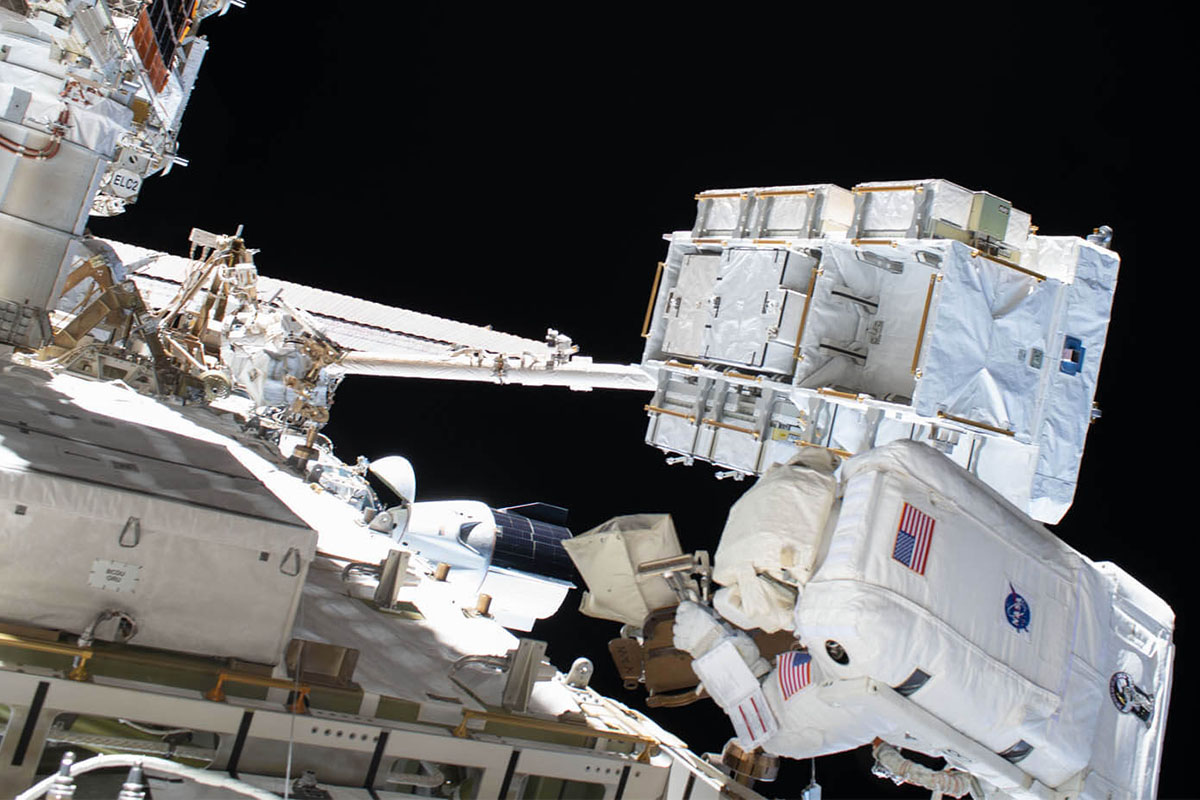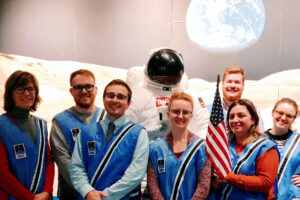
UMaine students get immersive experience in engineering education
In 2019, Maine adopted the Next Generation Science Standards for K–12 schools, which call for integrating engineering concepts and practices into science classrooms.
Asli Sezen-Barrie, associate professor of curriculum, assessment and instruction in the University of Maine College of Education and Human Development, noticed that many science teachers have limited knowledge of engineering and rarely have opportunities to interact with different types of professional engineers. So Sezen-Barrie redesigned her class on Teaching Science in the Secondary School to provide more opportunities for preservice teachers at UMaine to learn about engineering concepts and meet with engineers.

“We created opportunities for our students to interact with and observe professional engineers, and learn about how they tackle everyday engineering problems, such as repairing the Hubble Space Telescope or responding to an outbreak caused by a viral infection,” says Sezen-Barrie, whose research focuses on engineering and science education.
Thanks to funding from the Maine Space Grant Consortium, Sezen-Barrie also is working with the Challenger Learning Center of Maine in Bangor, as well as UMaine’s Versant Power Astronomy Center and M.F. Jordan Planetarium, to provide hands-on teaching experiences for students in her class this fall.
“Our preservice teachers are developing and teaching virtual learning modules on engineering risk analysis to middle school students participating in afterschool programs at the Challenger Learning Center,” she says.
Due to COVID-19, the modules are delivered via Zoom in accordance with special programming guidelines developed by the Challenger Center for the pandemic. For the sessions that use the planetarium, students are seated at least 6 feet apart and wear face coverings.
Throughout the project, Sezen-Barrie plans to study how the future science teachers’ thinking about the concept of risk analysis in engineering changes as they work with professional engineers and the middle school students.
Contact: Casey Kelly, casey.kelly@maine.edu
